
Aqui começa a vida em Vitoria, na praça da Virgem Branca e como fomos nos primeiros dias de este ano ainda mais porque estava montada ao centro uma pista de gelo para além de outras actividades interessantes principalmente para as crianças. Chama a atenção a estátua dedicada á Batalha de Vitoria de 1803, onde as tropas aliadas (Espanha e Inglaterra) venceram as tropas francesas lideradas por José Bonaparte que ocupavam o país nessa altura.
Here begins life in Vitoria, in the White Virgin (Virgen Blanca) square and as we were at the beginning of this year it's even more lively because it had at the center an ice rink as well as other interesting activities especially for children. Draws attention the statue dedicated to the Battle of Vitoria, 1803, where the allied troops (Spain and England) won the French troops led by Joseph Bonaparte who occupied the country at that time.
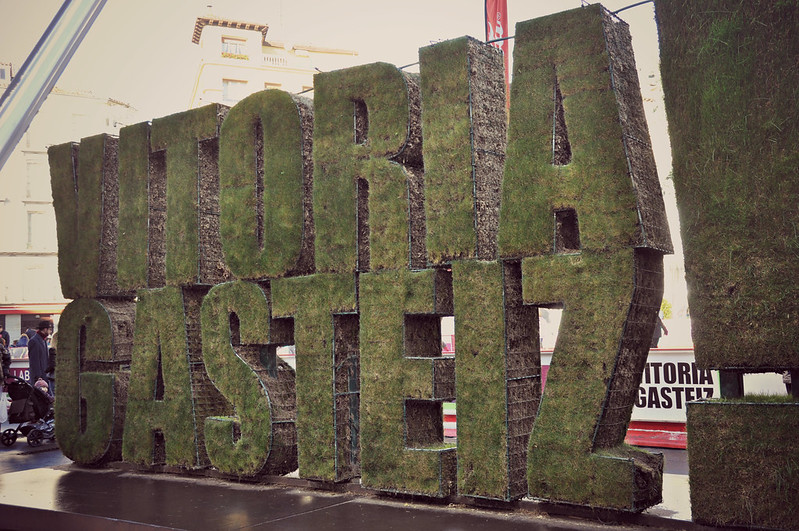
Não se pode perder o oportunidade de tirar uma fotografía junto á original escultura verde com o nome da cidade, um símbolo do prémio de Capital Verde da Europa reconhecendo o seu esforço em melhorar as condições ambientais. Á volta da praça encontramos edificios com as suas "galerias acristaladas", umas varandas muito típicas do norte para além de alguns restaurantes ou cafés com animadas esplanadas. Ao fundo da praça está Igreja de S. Miguel, no exterior está uma escultura da Virgem Branca, a padroeira da cidade.
You can not miss the opportunity to take a photograph near the original green sculpture with the name of the city, a symbol of the winner of the Green Capital of Europe recognizing their efforts to improve environmental conditions. Around the square we find buildings with their "acristaladas galleries" - glass windows, very typical balconies from the north besides a few restaurants or cafes with lively terraces. At one end of the square is the Church of St. Michael, in the exterior there is a White Virgin sculpture, the city's patrón.
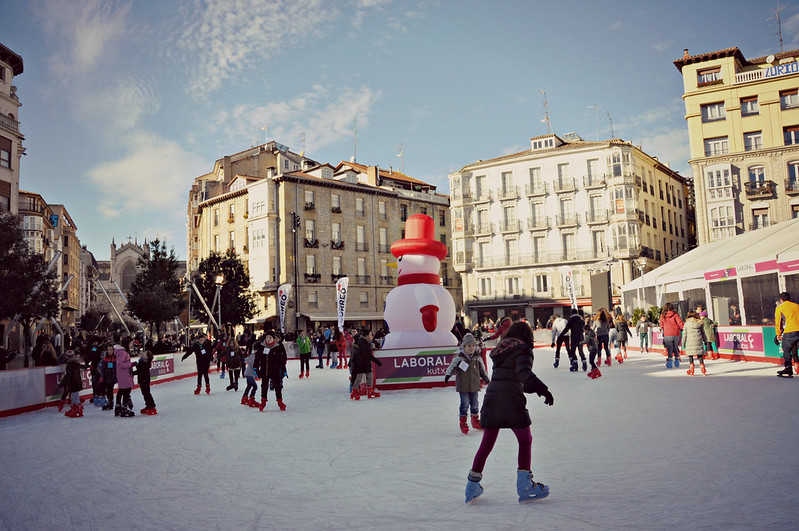
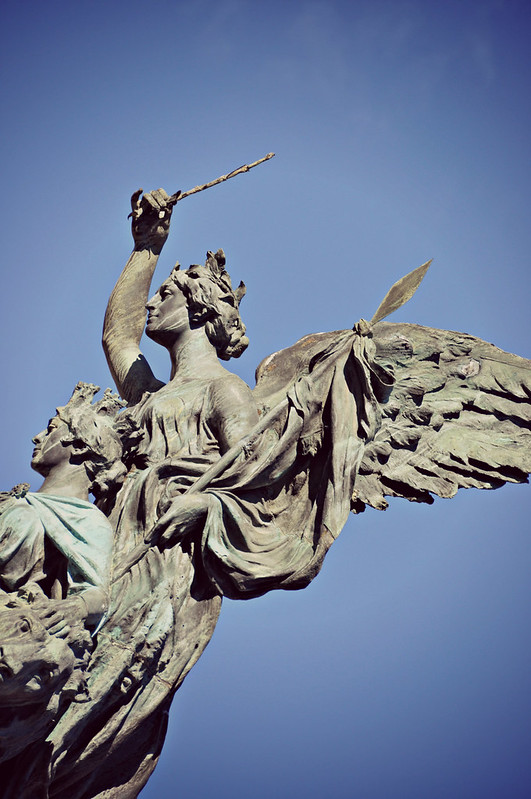
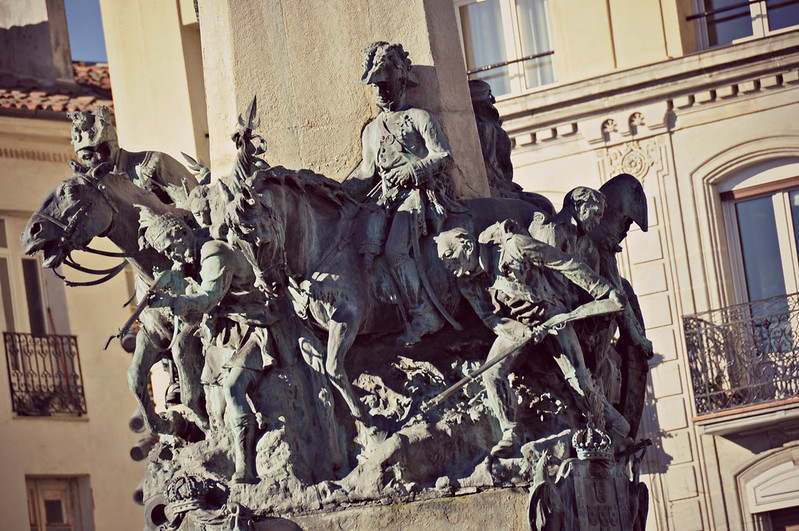
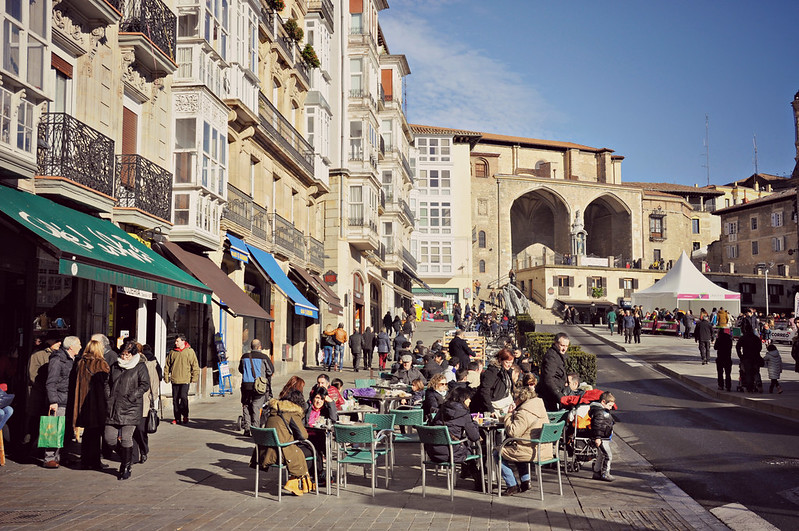
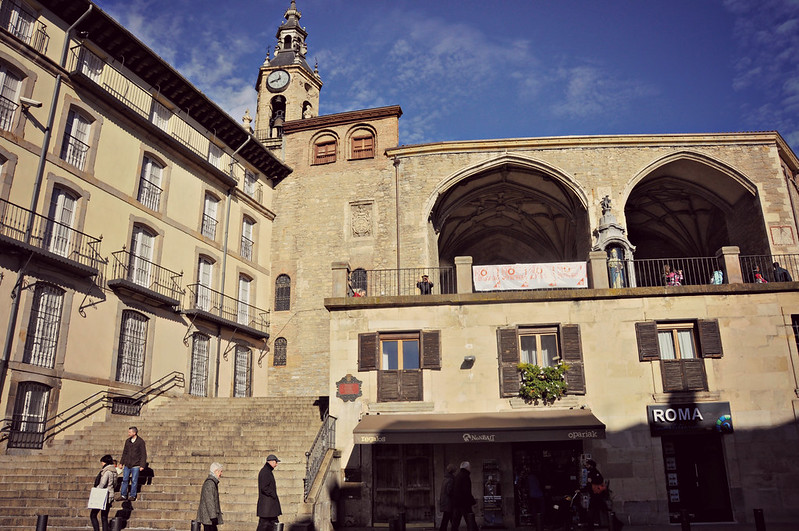
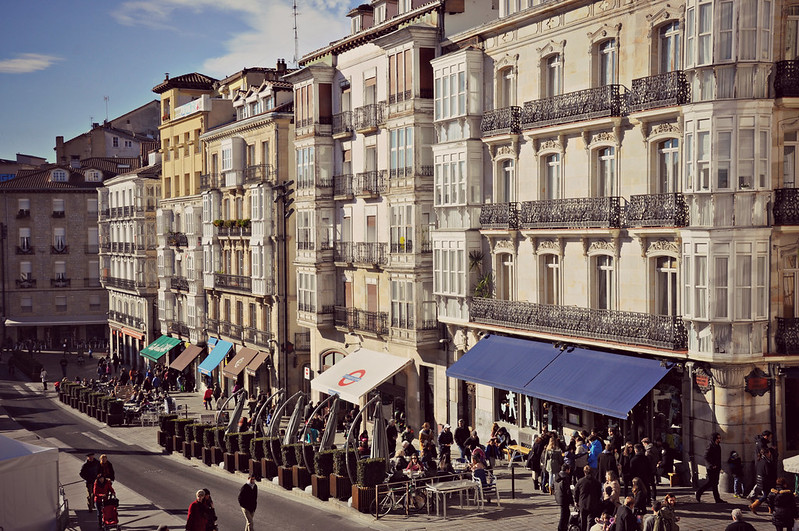
Our guide of:

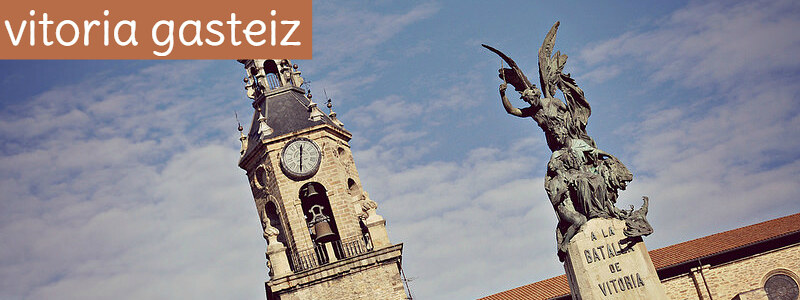
Sem comentários:
Enviar um comentário